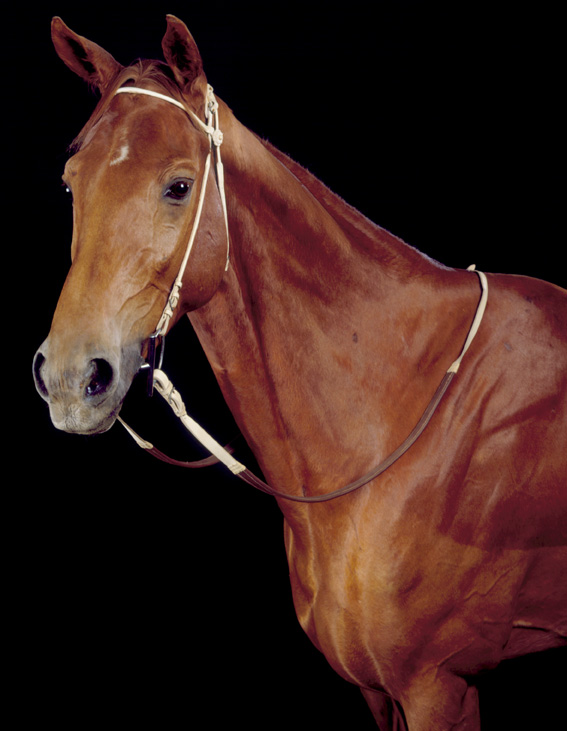 Phar Lap
Phar Lap
TLF ID R6369
This is a photograph showing the mounted hide of Phar Lap, a champion racehorse in the late 1920s and early 1930s. He was a large chestnut-coloured gelding who stood 17.1 hands (about 174 cm) tall.
